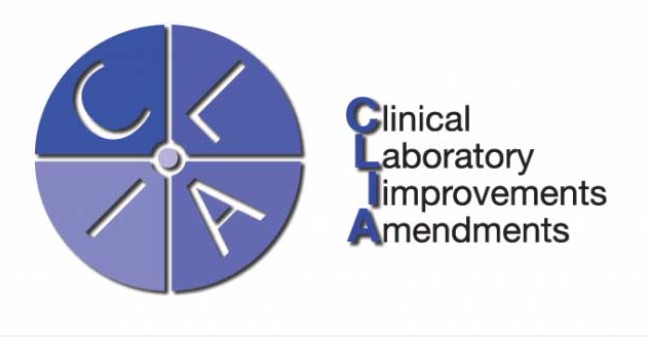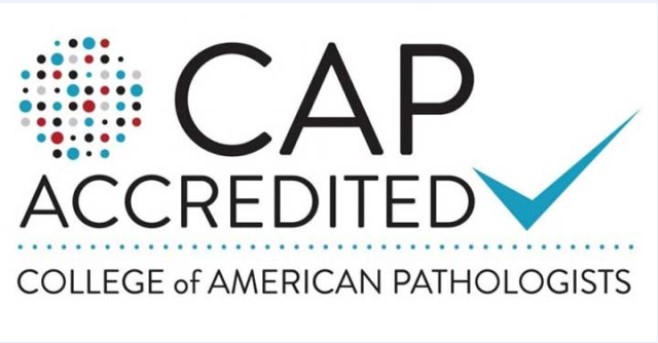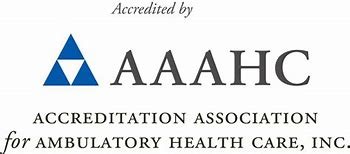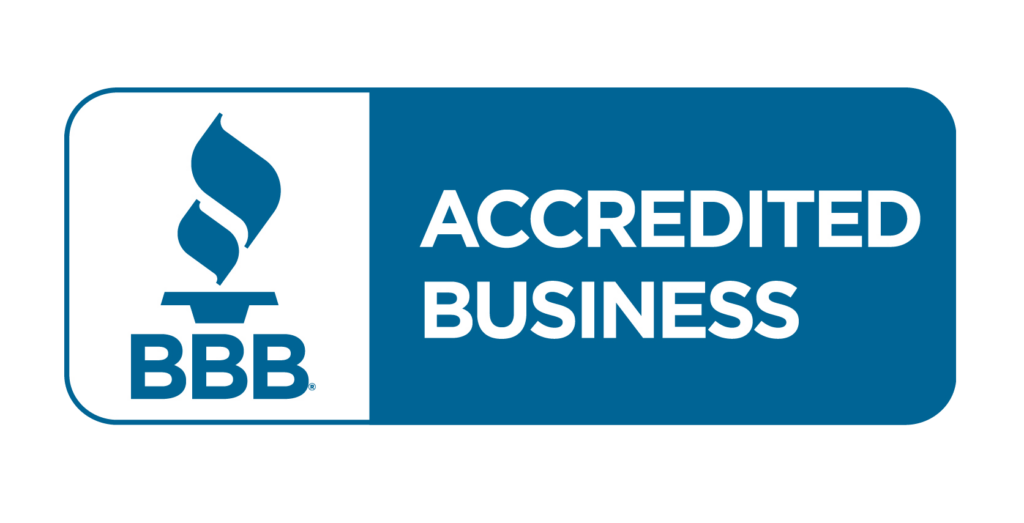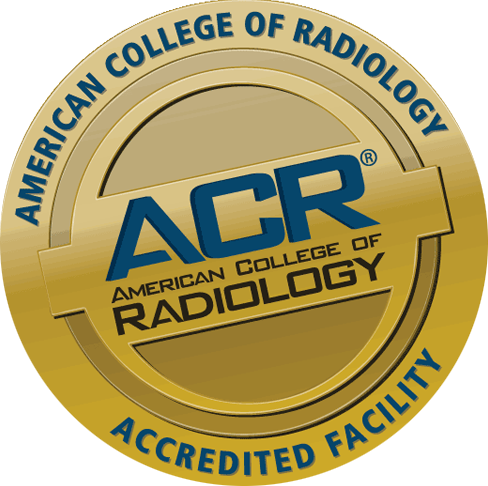What is Urinary Incontinence?
Urinary incontinence is the loss of urine. It is a burden on quality of life and it is a medical issue. Leakage of urine can be costly, embarrassing, and uncomfortable. It can have a major impact on everyday activities. Some of our patients will avoid social activities, leaving the house, or even going to church. There are many treatment options. There is a lot of hope for this condition, even if you have had previous surgery or failed other treatments.
Stress urinary incontinence is leakage with activity such as laughing, coughing, and sneezing. It also occurs with exercise, movement, or lifting. Causes can be pregnancy, childbirth, and aging. Stress leakage is also often seen in younger women, especially athletes or those that lift heavy loads. This is a very treatable condition, with physical therapy or minimally invasive surgery.
Urge urinary incontinence is leakage that occurs with the urge to urinate. For example, some women feel as though they have no warning time and cannot make it to the bathroom. It has been described as spasms where the bladder forcefully pushes out the urine. Certain things can trigger the leakage such as pulling into the driveway at home, placing the key in the door, or hearing running water. Some women describe a feeling of “I can’t get my pants down fast enough in the bathroom”. Urgency leakage is treated with physical therapy, oral medications, Botox, or direct stimulation of the nerve that is not working properly.
Treatment Options
The right choice for treatment is a joint decision between the patient and our physicians. After discussing your personal situation and treatment goals, we try to target the symptoms that are bothering you the most. The treatments for Stress Incontinence (Leakage with activity or movement) will be different than the treatment for Overactive Bladder (Urgency or “Can’t make it to the bathroom on time”). Many women have both types of symptoms and may require combination therapy.
Stress Incontinence Treatment
There are a variety of treatments available for stress incontinence. These treatments offer a comprehensive and minimally invasive approach to treating your incontinence. Conservative treatments refer to those not requiring surgery, such as medications. Surgical treatments offered are minimally invasive and do not require an overnight hospital stay.
What are some non-surgical treatments?
Pelvic Floor Exercises or Physical Therapy
Pelvic Floor Exercises are commonly known as Kegel exercises. These should be performed on a regular basis in order to strengthen the muscles that help control the flow of urine. Several studies show that patients have better results when this is done with a physical therapist. Working one-on-one with a therapist will target the correct muscles. About half of patients will improve with physical therapy and will not require immediate surgery. At Virginia Urology, we have two physical therapists, Kathy Oxford, DPT and Laura Broman, PT that specialize in female urinary issues.
Weight Loss
Several studies show that weight loss can have a major impact on urinary symptoms who are overweight or obese. Even losing 15-20 pounds can cut your leakage symptoms in half.
Medication
At this time, there are no FDA-approved medication for stress incontinence. The medications advertised in the media are for a different type of leakage called overactive bladder (OAB) or urge incontinence.
What are some procedures that may help?
Bulking Agents
Your doctor may be able to inject the urethra (the tube that carries urine out of the bladder) with a bulking agent that will narrow the tube to prevent leakage. Different materials may be used as the ‘bulking agent”. Some patients may require more than one injection to get a good effect. The procedure takes about 5 minutes with virtually no downtime. There are no incisions. This is a good option for patients who are not a candidate for surgery. There are now two bulking agents on the market. Bulkamid and Microplastique. Each is a physician preference except Microplastique is approved for both men and women and Bulkamid is approved for women.
Miduretheral Sling
This is a minimally invasive surgery that is considered the ‘gold standard’ treatment for stress incontinence. Mid-urethral slings have been used in the United States since 1996 and multiple studies show that they are safe and effective. A small ribbon of mesh (about 1cm wide) is placed under the urethra. These slings are tension-free. They do not pull up on the urethra. After they are placed, your body will create scar tissue around the sling and it is the scar tissue that provides strength and stability to prevent leakage. The success rates with this procedure are around 80%.
AUGS & SUFU Joint Statement on Midurethral Slings
Autologous Sling
This is another type of sling for stress urinary incontinence. With this procedure, a sling is created from the patient’s own tissue. Usually a piece of tissue (fascia) can be taken from inside the patient’s abdomen or thigh. This is a great choice for patients who can’t have the mesh sling or simply don’t want mesh to be used. This is also an option for patients who may have failed other treatments, such as the mesh sling. The physicians at Virginia Urology Women’s Health are among the few surgeons in this area that provide the expertise for this surgery.
Urge Incontinence Treatment
In most cases of incontinence, minimally invasive management (fluid management, bladder training, pelvic floor exercises and medication) is prescribed. However, if that is unsuccessful, surgical treatment can be necessary.
Physical Therapy and Bladder Retraining
Bladder retraining teaches strategies to avoid triggers for bladder spasms. For most patients, this is a great treatment option because there are no side effects or risks. You can work with our physical therapist, Kathy Oxford, DPT or Laura Broman, PT to achieve successful bladder retraining. In addition to strengthening the muscles that control urine, the physical therapist can work with you to control the urge to urinate.
Medications
Medications can be effective for the symptoms of urgency, frequency and incontinence. These medications are generally well tolerated. Your doctor will work with you to find the medication that is the best fit.
What are some procedures that might help?
Botox
Botox is an FDA-approved product that is safe and effective for overactive bladder. There are several advantages to Botox:
(1) One treatment lasts for 6-9 months
(2) The entire procedure takes about 5 minutes without any incisions. 60-70% will improve with Botox.
Side effects are generally mild, such as urinary tract infections. There is a small percentage of patients who will have incomplete urination, but this is rare and temporary. Your doctor can review this procedure with you in detail.
Sacral Neuromodulation (SNM)
One successful treatment is to target the nerves that control the bowel and bladder. A wire is placed next to the nerves and a signal is directly transmitted through this wire. This new signal can help coordinate bladder function and help avoid unnecessary trips to the bathroom.
The names of these devices are “Axonics” & “Interstim”, but many refer to it as a pacemaker for the bladder. Before committing to surgery, you can test this device for one week. Your doctor can insert wires through the skin that connect to a small controller that attaches to your waistband. If it works well, then the actual device can be implanted. If it does not work, the wires can be removed in the office.
Urgent ® PC Neuromodulation System
For patients struggling with an overactive bladder and associated symptoms of urinary urgency, urinary frequency, and urge incontinence there is Urgent PC. The Urgent PC Neuromodulation System is an in-office treatment designed to stimulate confidence and control of an overactive bladder. The Urgent PC system is a non-drug, non-surgical treatment option that is very effective. Urgent PC improves bladder function by providing percutaneous tibial nerve stimulation via a slim needle electrode, inserted near the tibial nerve that then carries electric impulses from a hand-held stimulator to the sacral plexus. Patients will come to the office for a 30-minute treatment session for 12 weeks. After the 12 initial treatments, some patients may need occasional sessions to sustain symptom relief. The most common side effects are temporary and include mild pain or skin inflammation at or near the stimulation site. This is a good option for anyone who does not want surgery. This procedure is performed in our Hanover location.








